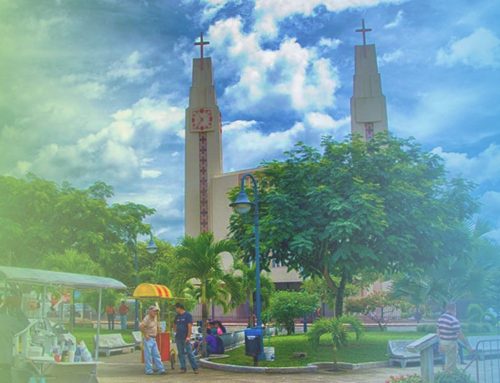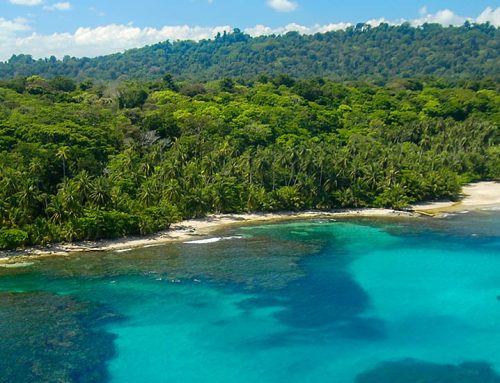Costa Rica is a country known for its biodiversity, being the epicenter of tropical adventure, home to a variety of animals and an incredible natural environment that invites you to stay in its territory. But it also has a warm national culture, rich in cultural heritage, which is reflected in its folklore. Costa Rica is a country that is home to many different cultures, and as a result, its folklore is rich in color and even flavor!
Folklore refers to the set of popular traditions and customs that prevail in a population, resulting in a strong cultural identity. If you are considering moving to Costa Rica, or simply visiting the land of Pura Vida, it is definitely a priority to get to know some of the vibrant and joyful atmosphere that characterizes Costa Ricans.
In this article you will learn about some of the outstanding characteristics of the identity that we Ticos have.
Origin of Costa Rican culture
Costa Rica’s culture has its origins in the mixture of different identities, with the native, European and African cultures being the ones that are more present in the national territory. It is due to these encounters that took place in the XVI century that today we enjoy this multiculturalism. Colonial elements accompany the traditions of the native population, while the Caribbean influence is present in some sectors of the territory.
Added to this, historical events such as the annexation of El Partido de Nicoya (now Guanacaste) have made Costa Rica a territory rich in history. But not only in the fusion of beliefs around religious or political themes can be found evidence of the influence of different populations. Costa Rican gastronomy is characterized by the use of ingredients from the culinary techniques of the native population fused with Mediterranean dishes.
Even in the territories of the Caribbean zone, where the African influence has been the greatest, the gastronomy and the variety of original traditions of the African populations continue to have their place in daily life.
Elements of Costa Rican folklore
The identity of Costa Rica manifests itself in different elements, in the typical costumes, in the architecture, in the food, in the hospitality characteristic of the Costa Rican people. From the bright, vibrant colours that decorate the costumes of the traditional dances, to the simplicity of some of the Costa Rican dishes, are the legacy of our ancestors’ illusion of finding the true “pura vida” (pure life) in this land.
The Costa Rican dances, traditional dances that are performed by synchronising the movement of fancy skirts of different colours, are a reason for celebration in various national festivities. The dance of the diablitos is also part of the indigenous culture that still prevails today.
If you want to be a part of the history of Costa Rica, where a new page is being written every day, and if your desires resonate with the philosophy of being a Tico, then do not wait any longer and contact us with confidence to know your next home. At Nativu, we offer a wide variety of properties throughout the country to suit your needs. Because more than a new home, it is a new lifestyle.








